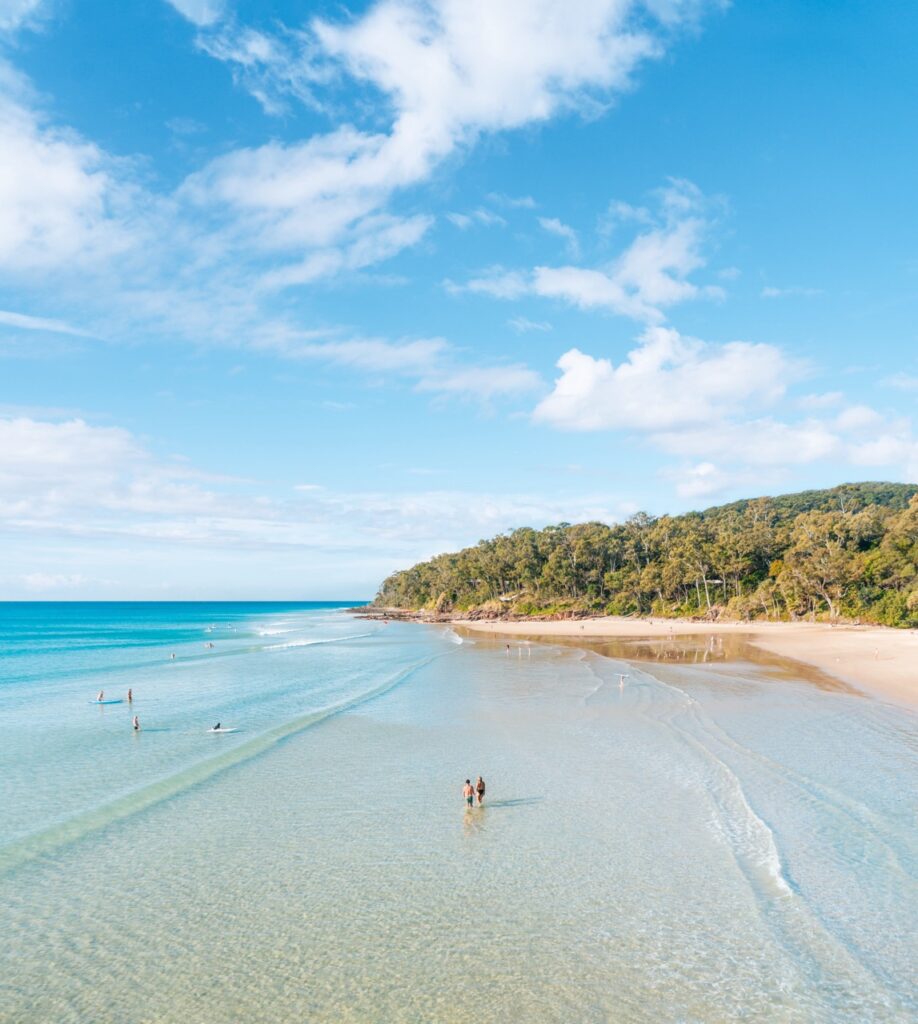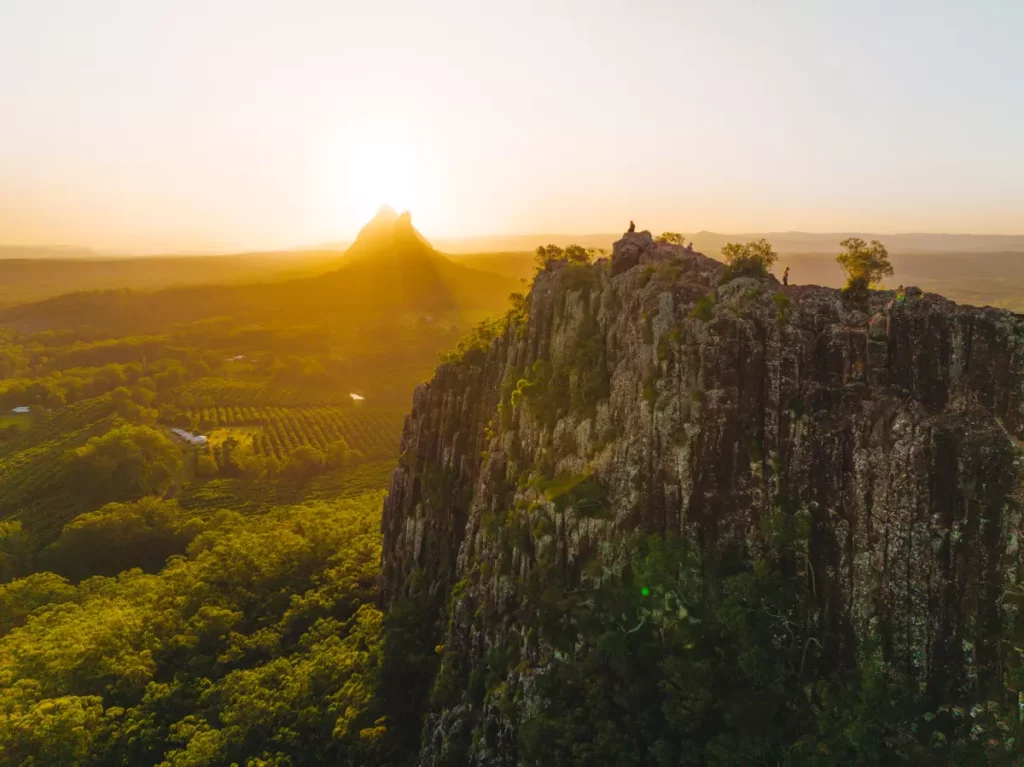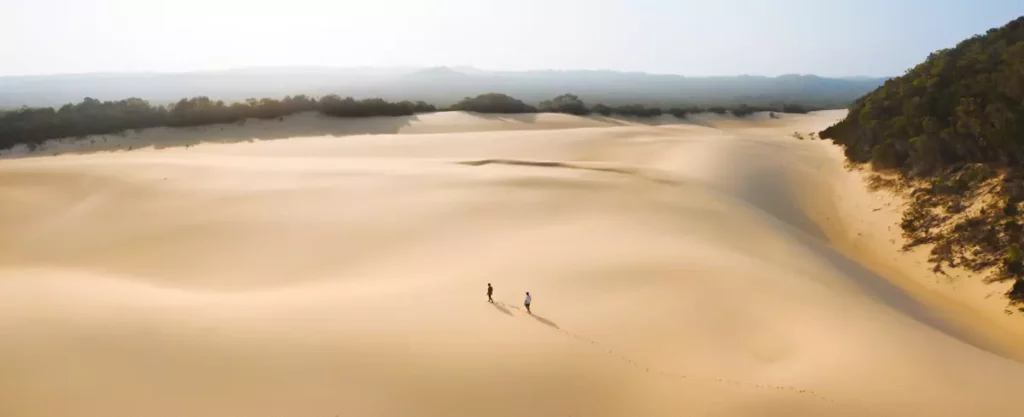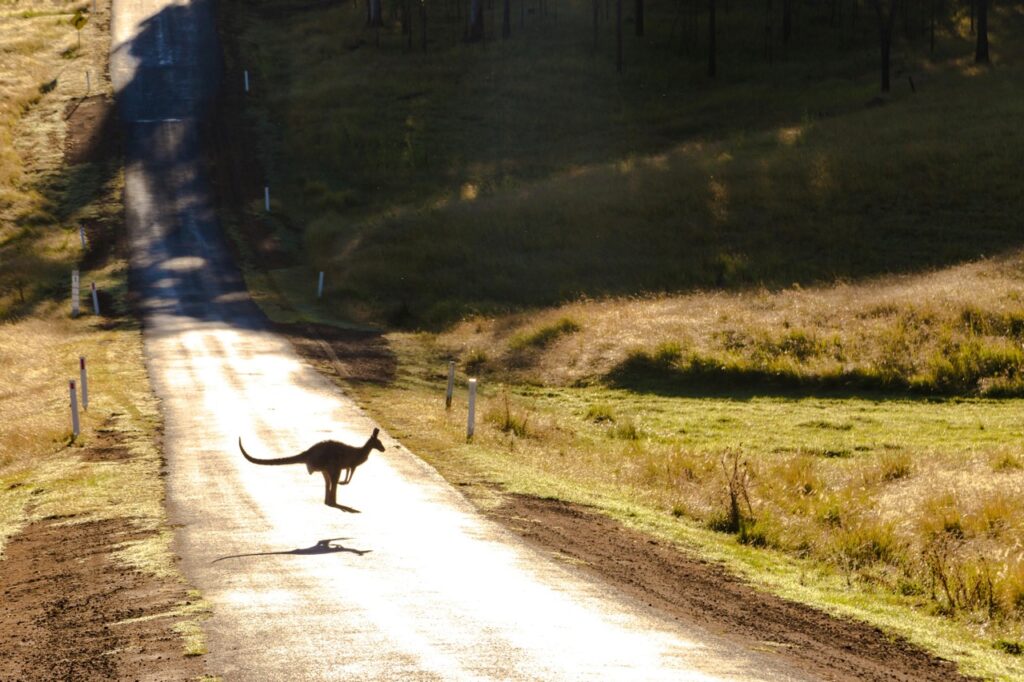Queensland’s unique biosphere cluster
Queensland houses the only biosphere cluster in Australia, with three interconnecting UNESCO Biosphere Reserves sitting side by side. Together, we are uniquely placed with a biosphere corridor that stretches uninterrupted along our coastline and adjacent hinterland.
Where 3 biosphere reserves interconnect, nature and community thrive.
We live, work and play in one of the most beautiful and naturally diverse places in the world. Our biosphere cluster in South East Queensland stretches an estimated 222 kilometres.
From the Caloundra coast in the south to the sub-tropical rainforests and mountains of the Sunshine Coast and Noosa Biosphere Reserves, through kilometres of coastlines and waterways, up to the world’s largest sand island – the UNESCO world heritage listed K’gari (Fraser Island) – in the Great Sandy Biosphere Reserve (Fraser Coast).
Noosa Biosphere Reserve
The Noosa Biosphere Reserve is the geographical area known as the Noosa Shire plus three kilometres offshore. It covers approximately 150,000 hectares of freshwater, tidal and terrestrial areas, of which nearly 42% of its area is protected. It is home to the Noosa Everglades, one of only two ancient everglade systems in the world; over 2,000 native plant species, more than 600 native animal species, and a thriving population of more than 57,000 people.


Sunshine Coast Biosphere Reserve
The Sunshine Coast Biosphere Reserve aligns with the boundaries of the Sunshine Coast Council and covers a total area of 258,500 hectares. It features protected marine and terrestrial areas, rural lifestyles, as well as urban areas where people live and work. The region encompasses both biological and cultural diversity with a rich Indigenous and multicultural history.
Great Sandy Biosphere Reserve, Fraser Coast
Over 120 kilometres along the Southern coast of Queensland and covering 1,840 km2, is K’gari, the largest sand island in the world. It includes 53 protected species of bird and covers the Great Sandy Marine Park which includes tidal lands and waters, as well as fish habitat reserves and wetland reserves.


Interest in learning more?
If you’re interested in knowing more about the technical guidelines of being a biosphere reserve, visit the UNESCO digital library resource below!
